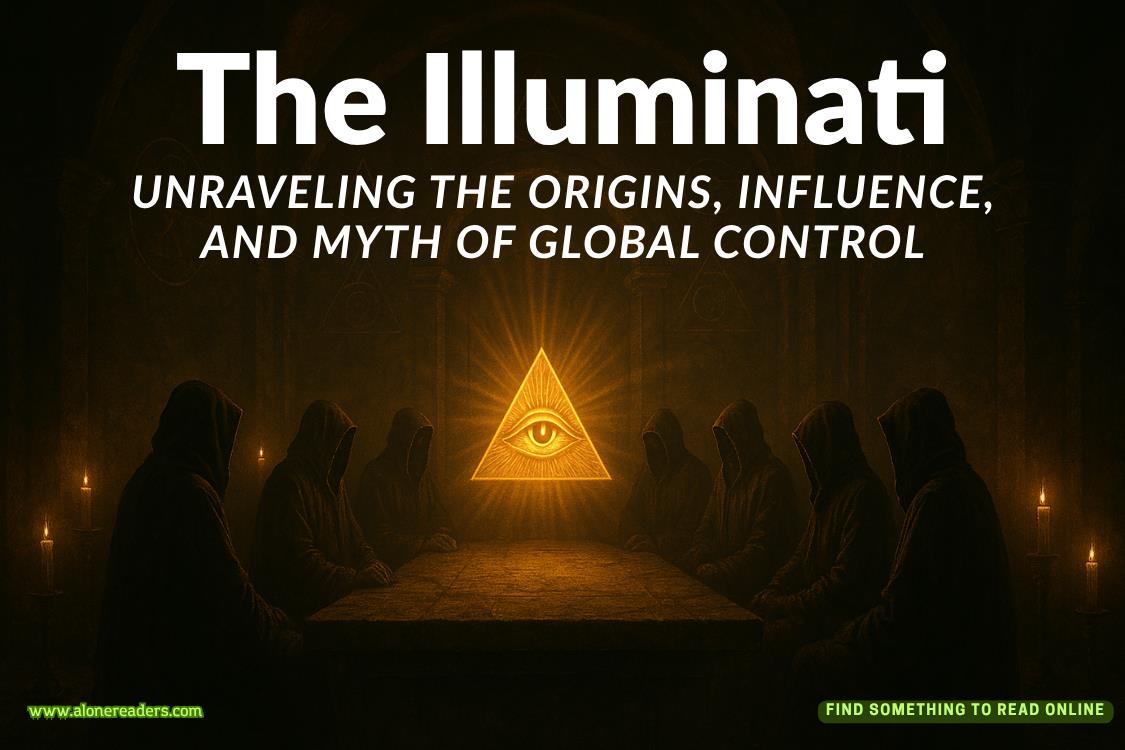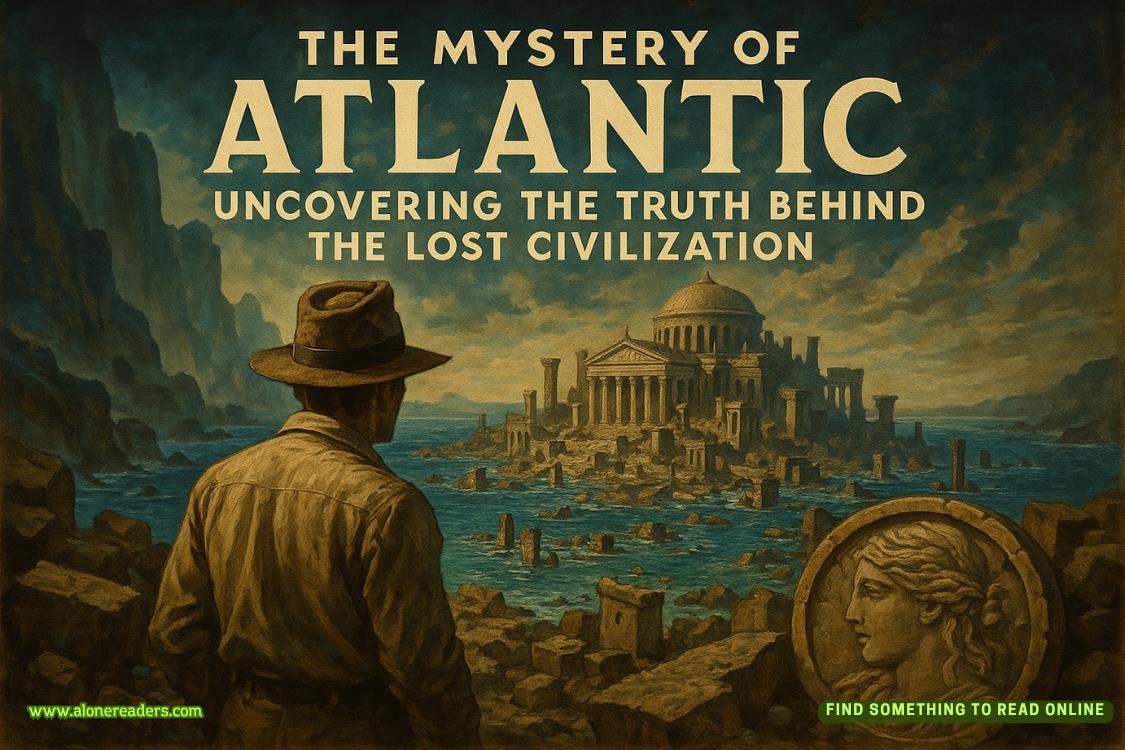Page 6 of Middle of the Night
Billy’s school photo is the opposite. In it, he appears uncharacteristically subdued and formal. His mouth teeters on the cusp of a frown, like he wanted to be anywhere but there. I’m certain his mother, and not Billy, picked out his dark blue shirt and green necktie. Sheprobably even tried to tame his unruly hair, to no avail. The cowlick poking up from the back of his head is the photo’s most disarming feature.
Near the picture is the date Billy disappeared and what he was last seen wearing. Black T-shirt, blue shorts, white sneakers.
Accurate, yes, but only scratching the surface. I know, for instance, that the black T-shirt had a small white stain on the chest, the shorts were made by Umbro, and the sneakers had come off an hour before we went to sleep and were still in the tent when I woke up. The last thing he ate were two s’mores my mother had made in the oven because she thought having a campfire in the backyard was too dangerous. I even remember Billy’s last words.
Hakuna matata, dude.
Lower down on Billy’s page, a series of age-progression photos shows how he might have looked over the years. At fifteen, at twenty, at twenty-five. Using his school photo as a starting point, they all disconcertingly picture him in that same blue shirt and green necktie, as if they’re the only clothes he’s ever worn, magically expanding with the rest of his body as he grew taller, wider, older.
The last photo suggests what he would have looked like five years ago, at age thirty-five. His face is fuller, though the almost-frown remains. His hair, finally tamed of its cowlick, is darker and thicker. I’ve seen this picture before. Too many times to count. Each time, I’m struck by how strange it is to see someone I think of as forever young looking thoroughly middle-aged. It’s the same jarring feeling I sometimes get when I look in the mirror. Those fine lines on my face and the gray hair at my temples and in my patchy beard make me think,When the hell did I get so old?
Only, with Billy, the question is,didhe get this old? Is it possible that he’s still alive today, living in complete anonymity, blending in with all the other middle-aged men out there? I doubt it. If Billy wasalive—if he truly still existed—wouldn’t it be known by now? Wouldn’t Billy himself reveal it tosomeone?
In case he does, there’s a police contact at the bottom of the page. It’s changed multiple times in all the years I’ve been coming to Billy’s NamUs listing, including since my last visit. Currently, the contact is Detective Ragesh Patel, a member of the local police department and the only son of Mitesh and Deepika Patel, who live two doors away. A noticeable demotion. The contact used to be someone from the FBI, telling me that not even the authorities think Billy will ever be found.
In some ways, I get it. Everyone—including his own family—thinks Billy is dead. There was even a memorial service, held a year after his disappearance. I attended, sweaty and itchy in a suit bought just for the occasion, staring at a silver-framed photo of Billy that sat atop an empty coffin. Everyone else, meanwhile, stared at me, the kid whohadn’tbeen taken. I felt the entire church quietly assessing me, wondering what made me different enough that a kidnapper would choose Billy over me. In that moment, I so badly wanted the roles to be reversed. For Billy to still be alive and for me to be anywhere but there, a feeling that grew more pronounced once Mrs. Barringer started screaming. Full-on, chest-heaving wails so loud inside the church that they rattled the stained glass windows.
I close the NamUs listing and do a Google search of Billy’s name. The most recent link is to the website of an armchair detective who’s gained quite a following discussing unsolved cases. I click it and am immediately confronted by two photos.
Thephotos.
The two images most associated with the strange case of Billy Barringer. They’re famous in certain parts of the internet. Well-known enough that every true-crime blog, podcast, and website uses them. Understandable but still unnerving, seeing how both were taken in my backyard.
One shows an orange pup tent on a patch of lawn that’s beenfenced in by a perimeter of police tape. Snapped by aStar-Ledgerphotographer who snuck into the backyard without my parents’ permission, the photo has become the defining image of the Billy Barringer case. The picture is angled in a way that highlights the vertical slit in the tent’s side, the gash puckered open by the same breeze that causes the police tape to buzz like telephone wire. For thirty years, that slight gap—and the darkness beyond—has made people lean in and look closer, straining for a glimpse into a place where something horrible occurred.
Even me, who had been inside that tent mere hours before the photo was taken, yet who knows as little about what happened as everyone else.
The other picture is the last known photograph of Billy, snapped on the Fourth of July, 1994. It shows him eating a wedge of watermelon, pink juice dripping from his lips like he’s a vampire. It’s far more endearing than his dour school picture, which is why I think the media glommed on to it. In it, he looks like a regular kid, when in truth, Billy was anything but regular.
Someone stands next to him, completely cropped from the photo except for a sliver of bare arm nudging Billy’s at the edge of the frame.
That’s me.
My parents, immediately concerned about how I’d be affected by my friend’s abduction, made sure to cut me out of the snapshot before it was released to the press. In doing so, they created an ironic reversal of the situation.
Billy, the Lost Boy, was seen literally everywhere, his image almost as prominent that summer as O. J. Simpson and the white Bronco. And I became invisible. Just a bit of skin belonging to another boy. Because I was a juvenile, that’s how both the police and the media referred to me back then.
“Another boy.”
As in “Ten-year-old Billy Barringer was camping in the backyardwith another boy when he was taken in the middle of the night,” which happens to be the first sentence on the website now open on my laptop. I keep reading, although it’s nothing I haven’t seen a thousand times before. There’s a brief introduction about who Billy was, where he lived, what he was doing the night he went missing, and what happened after everyone realized he was gone. Scattered throughout are more references to me as “another boy,” “a neighbor,” “Billy’s best friend.” All the euphemisms strike me as silly, considering how the website names nearly everyone else, including my parents.
Fred and Joyce Marsh.
Much like our homes at the time, their names sit side by side with those of Billy’s parents, Blake and Mary Ellen Barringer. After all, it was our yard Billy vanished from. And it was my parents’ care into which he had been placed.
The only other notable name not mentioned—on the website or anywhere else I’ve seen—is Andy Barringer, Billy’s younger brother. Seven at the time, he was also left alone by the press, meriting barely a mention.
Like most things I’ve seen about Billy’s disappearance, there’s an air of judgment to the piece. That’s always been the case. In the weeks following the abduction, much was made about how a boy could have been taken from a suburban backyard without anyone seeing it happen. Everyone from the nightly news to theNew York TimestoUnsolved Mysteries, which aired a segment about it that fall, had the same questions. “How could this happen?” they asked. “How did no one notice?”
Unspoken but abundantly clear is that the neighborhood was to blame.
Especially my parents.
And especially me.
The small scraps of blame that weren’t laid at our feet went instead to the authorities, who never figured out what happened to Billy.Every agency you can think of, from the local police to the FBI, got involved at some point. The only certainty these disparate authorities could agree on is that sometime between 11 p.m. on July 15 and 6:30 a.m. on July 16, someone created a thirty-eight-inch slice in the left side of the tent and pulled Billy through it.
What happened after that was—and still is—a mystery.















